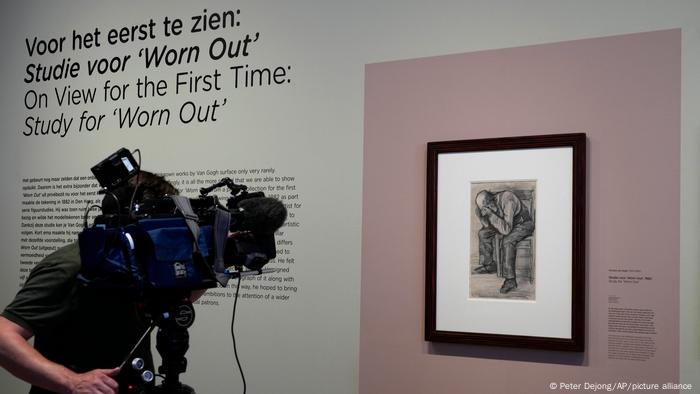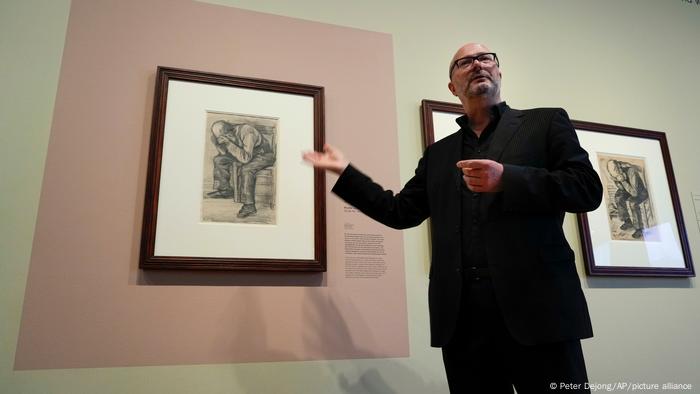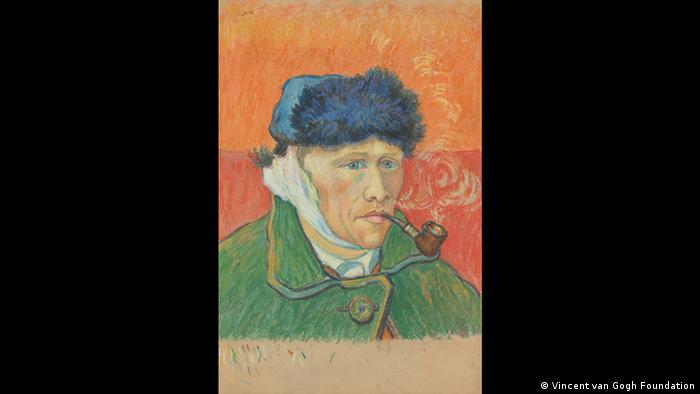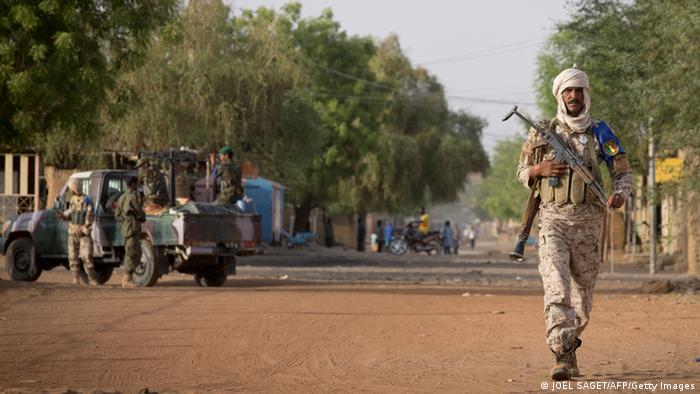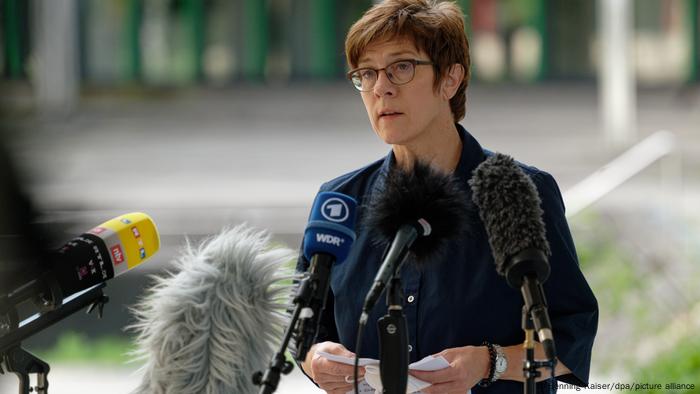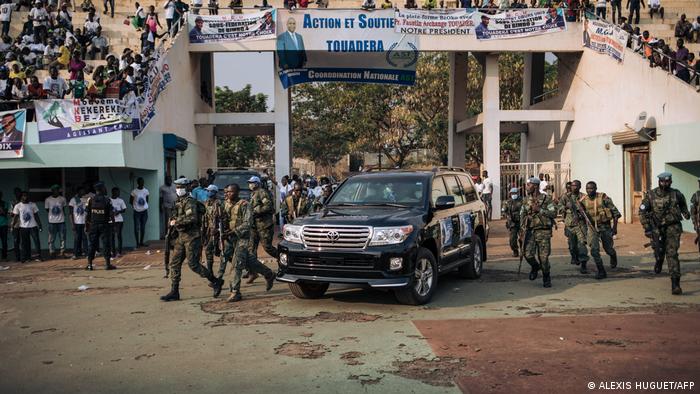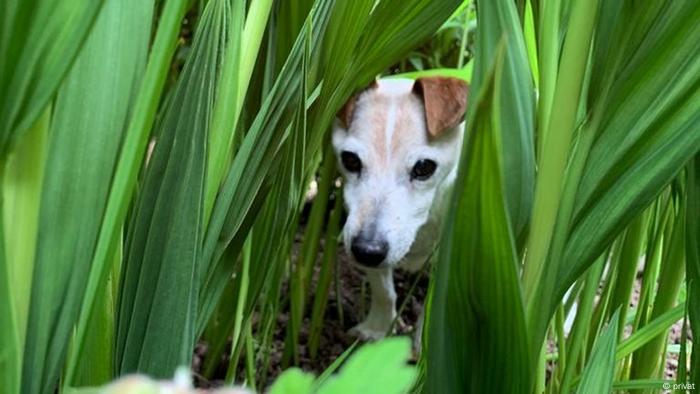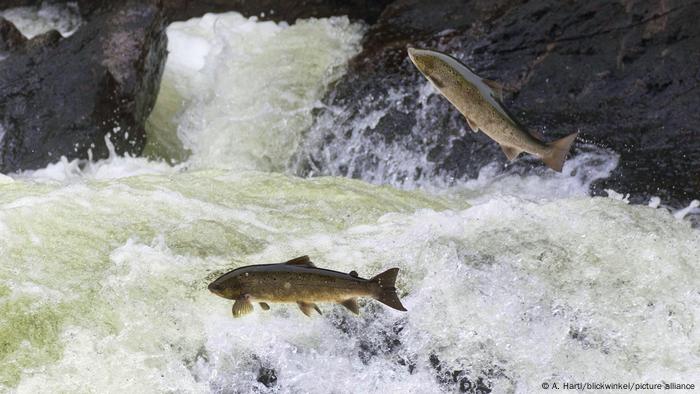Pret a Manger to give cafe staff 5% rise after axing paid breaks
Sarah Butler
Fri, 17 September 2021,

Photograph: Hannah McKay/Reuters
Pret a Manger is giving cafe workers a 5% pay rise only weeks after ditching paid breaks and attempting to slash bonuses as food and drinks retailers compete for workers.
In an email to staff seen by the Guardian, Pret’s UK managing director, Clare Clough, said starting pay for store workers would rise to a minimum of £9.40 an hour, up from the legal minimum of £8.91, but all team members, including managers will get a raise.
The unexpected boost for workers comes only a month after Pret told employees it would permanently cease paying for break times, so that someone on an eight-hour shift, including a legally required half-hour break, would receive a pay cut of just over 6% a shift compared with pre-pandemic levels.
Related: Pret to restore staff bonus after workers threaten strike action
Pret initially also planned to permanently halve weekly mystery shopper bonuses to 50p an hour during the pandemic but relented after the Guardian revealed the move, prompting a public outcry.
The change of heart comes about a week after Pret’s rival Costa gave its workers a 5% pay rise to £9.36 an hour from the legal minimum for those aged over 23.
From Friday, Itsu, the Asian-inspired fast food chain created by Julian Metcalfe, is to increase the hourly wage for 1,000 of the lowest-paid workers at its 72 outlets by 11% to a minimum of £10.40 an hour.
Businesses are being forced to improve pay and conditions for some of the UK’s lowest-paid workers amid widespread shortages of qualified recruits in food service and preparation, lorry driving and fruit picking.
Clough said in the email, which was first reported by the industry news blog Propel: “As we all know, the past 18 months have been an incredibly challenging time for Pret and I know that you, our shop teams, have felt this more than anyone. But this week is a big milestone in our recovery, giving us the chance to invest back in you and our shop teams.
“The fact we have reached this milestone is a reflection of the service you have given during what has been the most difficult time in Pret’s history. I cannot thank you enough for your efforts. We always said we would take the chance to invest back into pay and benefits as soon as our recovery was on a sustainable footing.”
She promised Pret would review pay again in April next year but said the company’s pay package, which includes free food on shift as well as the £1-an-hour bonus for those who pass a weekly mystery shopper test, was “one of the highest in our sector”.
Pret’s pay move follows an apparent turnaround in sales performance. Pret said in a statement. “The majority of our UK shops are now back on track, with many of our regional shops performing better than ever, and our London City shops have recovered 80% of pre-pandemic trade …
“We are still on the road to recovery but we’re really pleased to be able to recognise the dedication and customer service of our shop teams after what has been the most challenging time in Pret’s history.”





